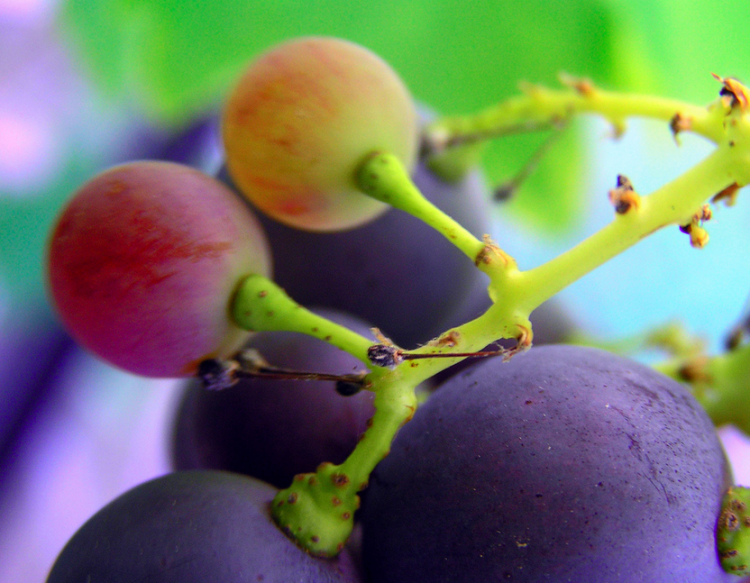Grape geeks can profit from 'world’s first' wine variety database

Professor Kym Anderson from the University of Adelaide says as much introducing his 690-page study, ‘Which Winegrape Varieties are Grown Where? A Global Empirical Picture’, which he claims is a world first.
Anderson’s data sets are based on two broad census periods – 2001 and 2010 – and his book (compiled with the help of Nanda Aryal) offers a detailed regional picture (on a per country basis) of where different varieties are grown and how choices have changed.
Countless new wine consumers over the past 20-30 years are looking for new types of wine, Anderson notes, even more so since lower-priced wines at least are becoming more homogenous with the ‘multi-nationalization’ of both wineries and wine retailers.
Facing up to climate change
One successful strategy for New World wines – displaying grape varietal names on bottles – has fueled EU demands for changed labeling laws, he notes, while New World producers are realizing the value of delving deeper than country of origin alone and exploiting regional and single vineyard labeling, along EU lines.
If differentiation is one trend then climate change is another, and Anderson says producers are adapting to the impact of higher temperatures and more extreme weather events on grapes.
Adaptation strategies include switching to warmer climates or more resilient grape strategies, Anderson says, and relocating to higher latitudes or altitudes to retain the current mix of grape varieties.
“Especially in the New World, where regions are still trying to identify their varietal comparative advantages and where regulations do not restrict varietal choice, winegrowers are continually on the lookout for attractive varieties that do well in climates similar to what they expect theirs to become in the decades ahead,” he writes.
Biotechnology presents new opportunities
“Moreover, the biotechnology revolution is providing breeders with new opportunities, which is increasing the interest in exploring traits of little-known varieties,” Anderson adds.
Such marketing and climate changes mean demand is growing for information on which wine grape varieties are grown where around the world, he says.
However, Anderson explains that seminal books – including the annual World Atlas of Wine and Wine Grapes (2012) – do not provide comprehensive global data on the bearing areas of wine grapes by region and variety.
Another reason for compiling such a database is due to concerns that the diversity of wine grapes is being narrowed down to a few ‘international’ varieties, Anderson adds, where there is an Old World interest in neglected grapes and a New World interest in alternative offerings.
You can download Anderson’s study in e-book version for free, while a paperback copy costs AUS $77 ($68).









